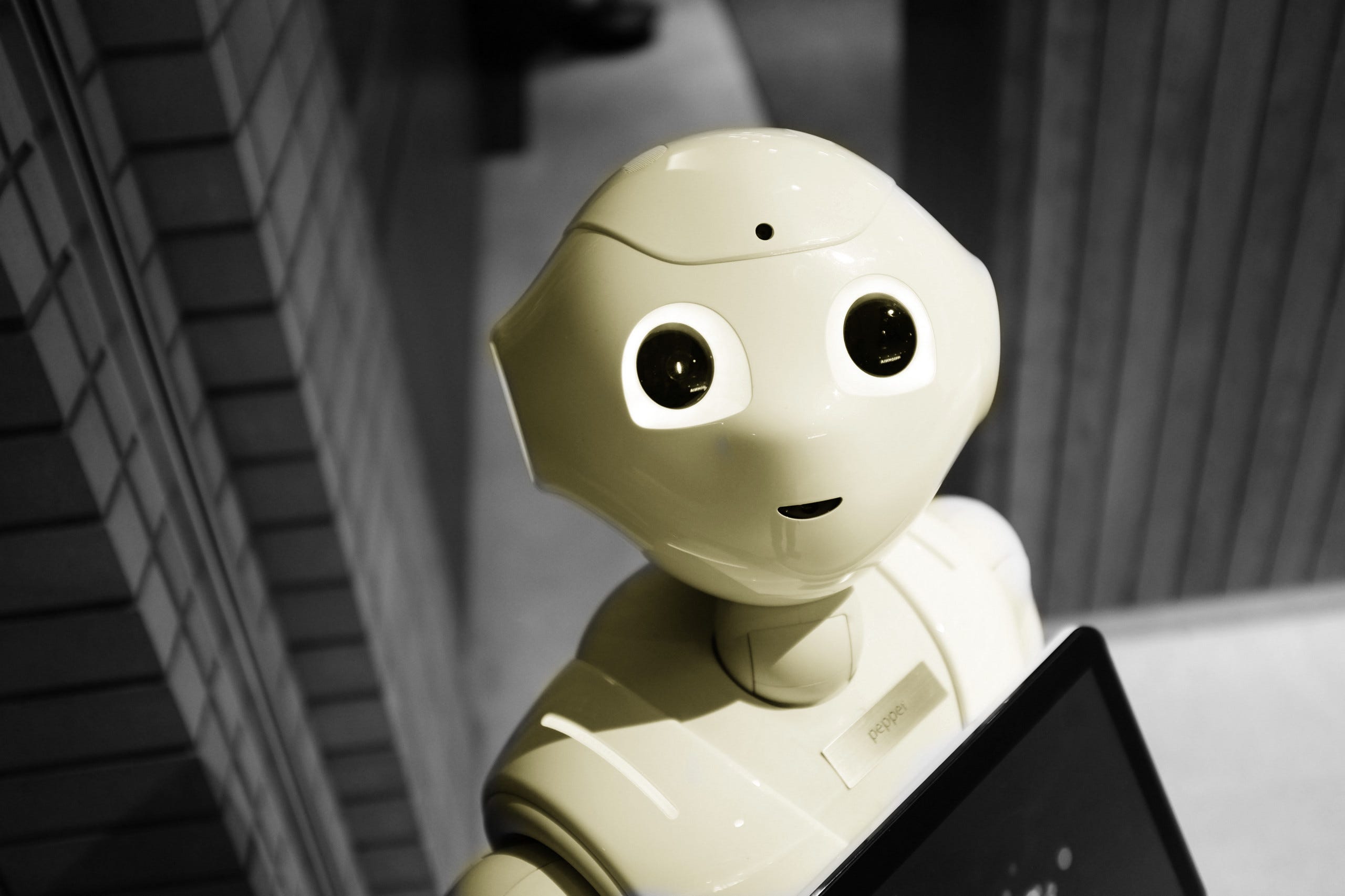Coil is a new image loading library in Kotlin for downloading images in Android, and it’s list of strengths are impressive:
Before Coil, we often used libraries like Glide and Picasso to download images in Android. But with the improvements that we’ll cover in this article, it’s clear that Coil is the go-to choice for Android devs working with Kotlin.
Continue reading Using Coil to Download Images on Android in Kotlin









